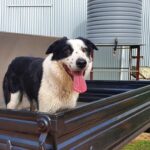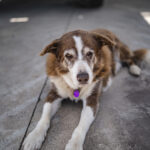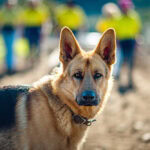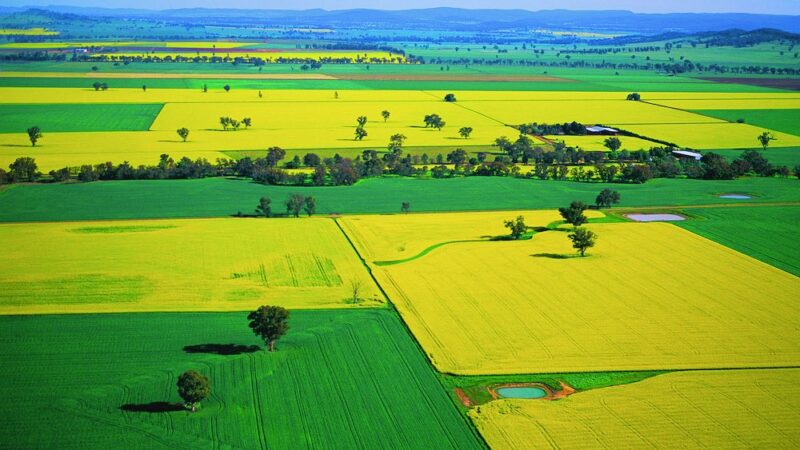Twelve dogs from across Australia are gearing up to compete in the Cobber Challenge to…
Aerial baiting tackles wild dogs in Western NSW
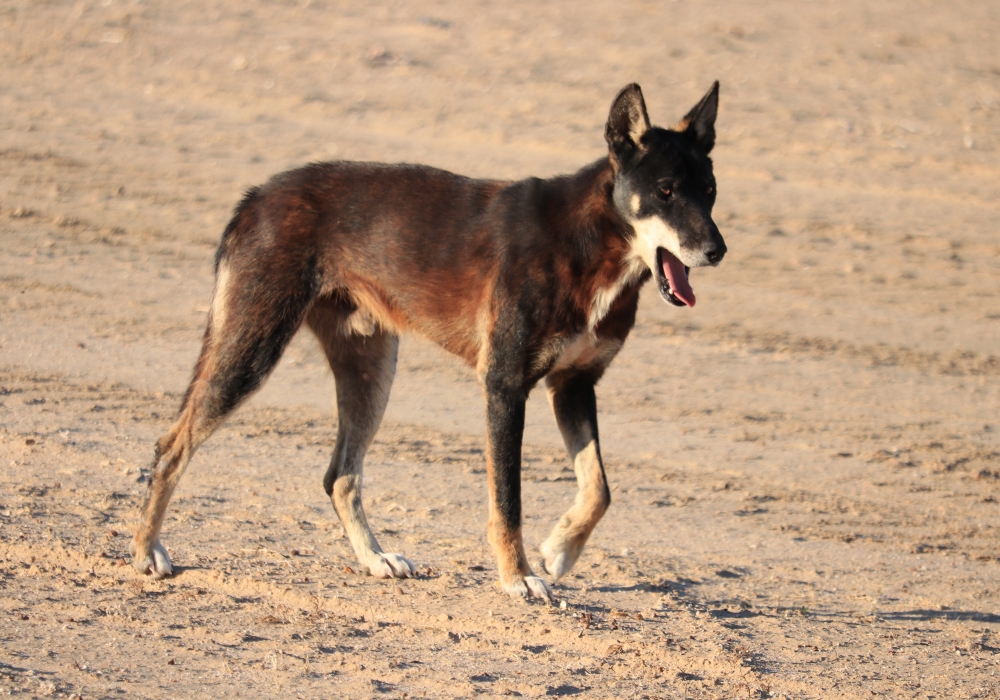
The April initiative by Western LLS was aimed at controlling wild dogs, foxes, and feral cats.
Western Local Land Services (LLS) has successfully concluded its spring aerial baiting initiative aimed at managing populations of wild dogs, foxes, and feral cats. This campaign was active from April 2 to April 16, distributing 1080 (known as �ten eighty�) poison-laced meat baits along specified bait lines.
The operation spanned several areas, from Enngonia in the north east to Broken Hill in the west, extending to near Pooncarie in the south west and Mt Hope in the south east.
The aerial baiting was undertaken along pre-approved strategic bait lines in mostly inaccessible areas. According to an LLS spokesperson, landholders who agreed to participate provided signed approval for the aerial baiting to go ahead on their property.
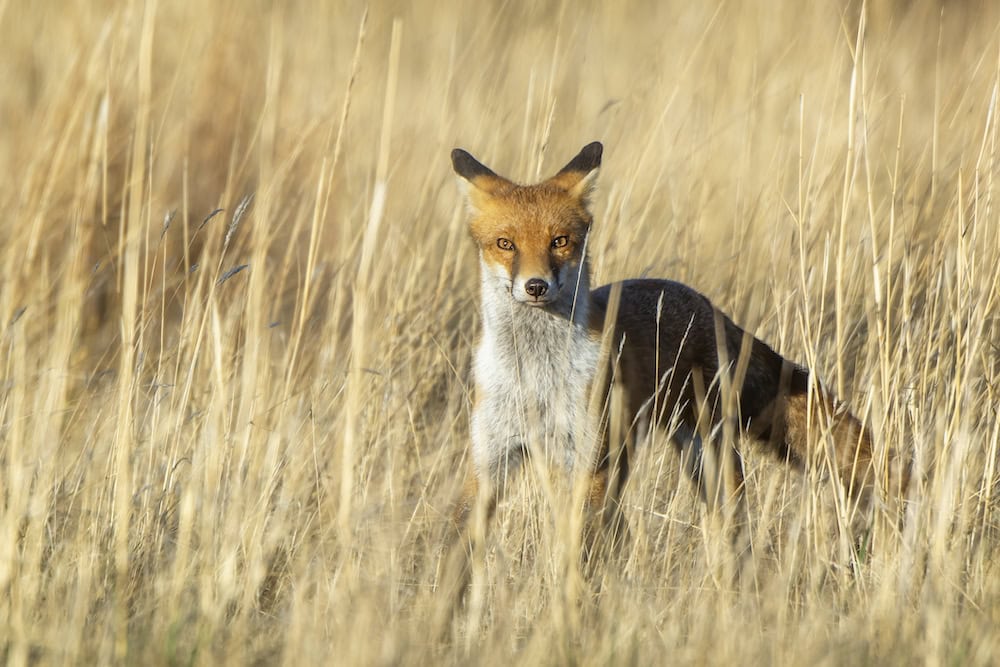
�Meat baits are injected with 1080 poison by qualified biosecurity officers, loaded into a fixed wing light aircraft and dropped along the pre-approved bait lines at the rate of 10 baits per kilometre,� the spokesperson said.
�Wild dogs remain a priority pest species in the Western LLS region. Following good seasonal conditions for the last few years, wild dogs and other pest animals have increased their breeding and continue to cause damage to livestock, native animals, the environment, biosecurity and the economy.�
There were several primary and secondary control measures for wild dogs. Seasonal baiting was a primary control and the LLS strongly encouraged landholders to participate in control measures including baiting, trapping, shooting and monitoring.
NSW Farmers Western Division Council chair Gerard Glover said aerial baiting covered a huge area that would be incredibly tough for landholders to carry out themselves.
�Vast areas in the Western Division are very difficult to cover if you�re on the ground and spreading the baits, so the aerial baiting is very effective in getting to all those inaccessible areas. We all know that wild dogs can travel very long distances in 24 hours, so the aerial baiting is a good way to get the job done as they cover a very wide distance. So, it is an important step in the baiting process.�
Gerard Glover, NSW Farmers Western Division Council chair
�Some landholders don�t bait very regularly as it�s not easy to get baits all around your property. So, the aerial baiting is just another way of dealing with the feral cats, foxes and feral dogs.
�I�m not sure how bad the problem is with feral cats because it�s difficult to know how many you have on your property until you go out at night spotlighting. Nobody really knows the full extent of the damage they cause. As for foxes, most people only control foxes about six weeks leading up to lambing and when it�s very sporadic use of baits, there�s a lot of ground that will be neglected. So, I believe that more landholders need to bait for foxes more regularly.�
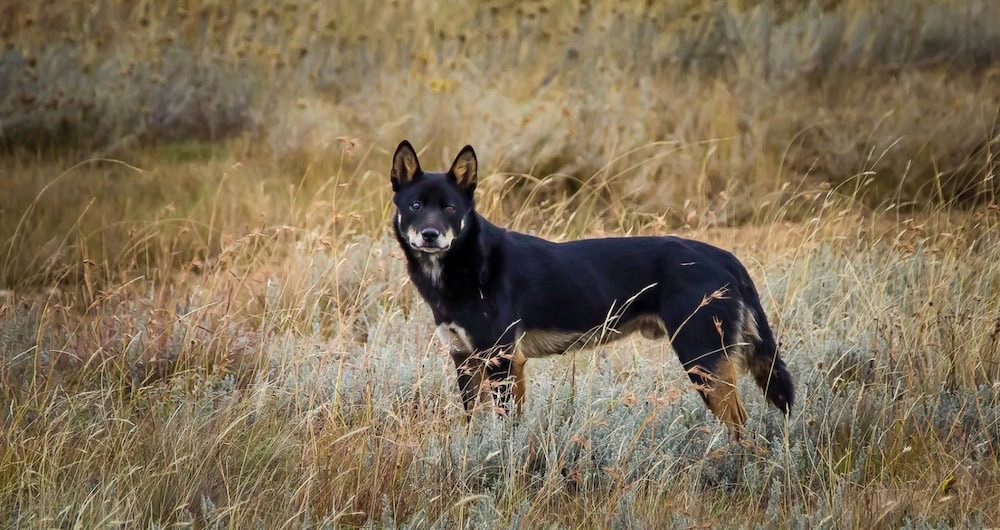
Mr Glover said most farmers were well aware that wild dogs were capable of inflicting a shocking amount of damage to livestock.
�I�ve heard many stories from farmers about the destructive wild dogs and, while I haven�t had a great deal to do with them personally, we recently had two town dogs come onto our property,� Mr Glover said.
�From what I observed, those dogs weren�t killing for their own need, it was almost like a sport for them � running around in a pack of two or three, they�d chase a cow until he dropped dead through sheer exhaustion. The dogs might not kill the animals, but they will leave them with dreadful injuries or scars.
�We had some sheep who�d been attacked by the dogs, and we found them in the paddock just looking stunned after the dogs had got to them. We ended up having to put them down, and that was caused by the town dogs who�d been on the property for about a week. We eventually tracked them down, but they�d already done a fair amount of damage. They�ll start with a goat and then move onto a cow. They�re an absolute menace.�
The next stage in the Western LLS baiting process was set to begin shortly, with ground baiting efforts. Farmers can learn more about managing wild dogs and other pest animals by speaking to an LLS biosecurity officer on 1300 795 299 or visiting an LLS office. There�s also additional information about wild dog and other pest animal management on the LLS website � www.lls.nsw.gov.au
If you enjoyed this story on aerial baiting for wild dog management, you may like to read about the Feral Pig Program targeting wild pigs.


